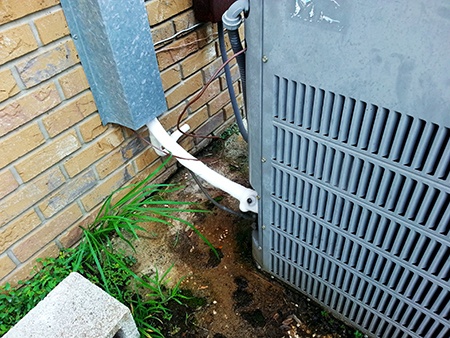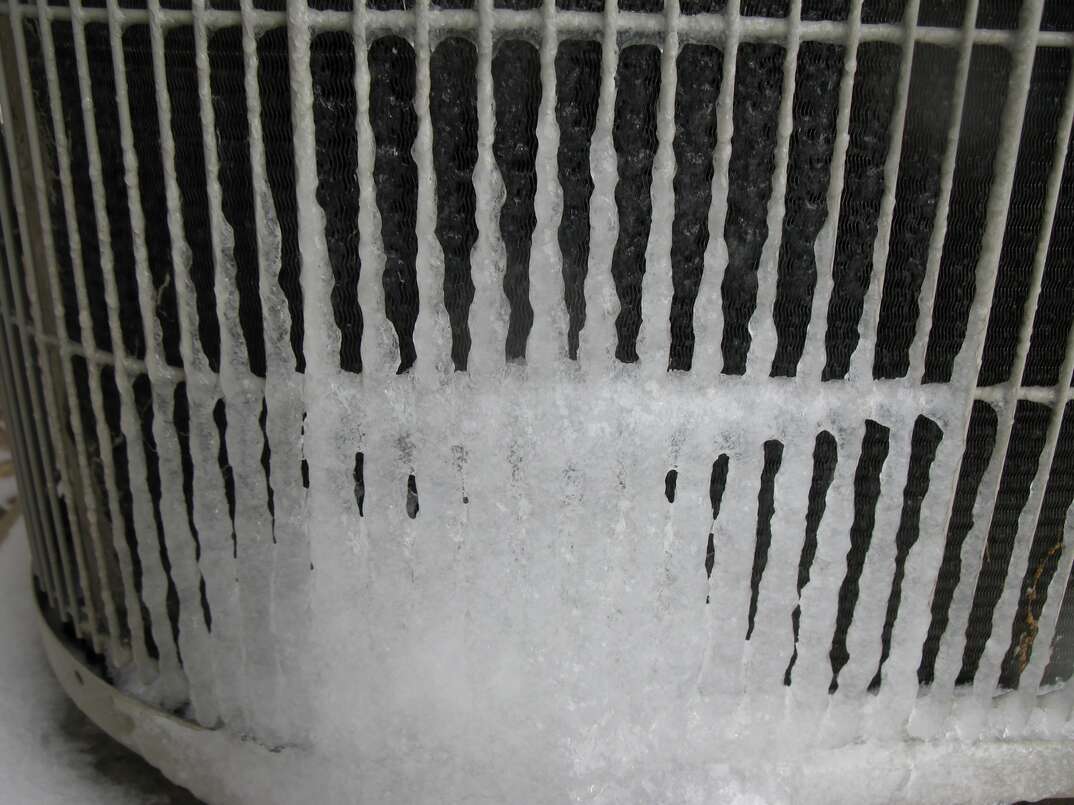Managing a Frozen AC Pipe: Successful Strategies
Click On This LinkRight here below yow will discover a lot of sensible insight regarding Why Is Ice On My Outside Air Conditione.

Intro
Finding that your air conditioning pipeline is iced up can be concerning, specifically throughout hot summer months when you rely on your air conditioning system the most. Understanding what to do in such a scenario is critical to stop additional damage to your air conditioning system and guarantee your convenience indoors.
Comprehending the Causes
Several elements can add to the freezing of an AC pipeline. Comprehending these causes can aid you deal with the issue properly.
Absence of Airflow
One common reason for an icy air conditioning pipeline is inadequate airflow. When the air movement over the evaporator coil is limited, it can cause the coil to go down below freezing temperature, leading to ice formation on the pipeline.
Reduced Refrigerant Levels
Inadequate refrigerant levels in your air conditioning system can additionally cause a frozen pipeline. Low refrigerant levels can create the pressure in the system to drop, causing the freezing of moisture on the evaporator coil.
Winter Conditions
In cooler environments, freezing temperatures outside can contribute to the cold of AC pipelines. If your air conditioning system is not appropriately protected or if there are leaks in the ductwork, chilly air can infiltrate the system, triggering the pipe to ice up.
Dirty Air Filters
Filthy or clogged air filters can limit airflow in your air conditioner system, causing various problems, including a frozen pipeline. It's important to change or cleanse your air filters on a regular basis to make certain proper airflow and prevent ice buildup.
Indications of a Frozen Air Conditioning Pipe
Acknowledging the indications of a frozen a/c pipe is vital for prompt action.
Reduced Airflow
If you see a substantial reduction in airflow from your vents, it can suggest a frozen pipeline.
Ice Buildup on the Pipe
Visible ice buildup on the cooling agent line or the evaporator coil is a clear sign of a frozen air conditioning pipeline.
Unusual Sounds from the Unit
Uncommon audios, such as hissing or bubbling, coming from your air conditioner system can signal that there's ice present on the pipeline.
Immediate Actions to Take
When confronted with a frozen air conditioning pipeline, it's essential to act rapidly to prevent more damages to your air conditioning system.
Switching off the a/c
The primary step is to shut off your a/c unit to prevent the system from running and worsening the concern.
Looking for Blockages
Check the area around the indoor unit for any blockages that might be blocking airflow, such as furnishings or curtains.
Thawing the Pipe
You can make use of mild methods like positioning towels soaked in warm water around the icy pipe to aid thaw it slowly.
Safety nets
Taking preventive measures can help prevent future occurrences of an icy air conditioning pipe.
When DIY Methods Fail
If your attempts to thaw the pipe or address various other concerns are not successful, it's time to employ a specialist.
Value of Hiring a Professional HVAC Technician
A licensed HVAC specialist has the competence and tools necessary to detect and fix issues with your AC system securely and efficiently.
Normal Maintenance Checks
Arrange regular upkeep talk to a professional HVAC service technician to ensure that your AC system is running successfully.
Transforming Air Filters
Consistently replace or clean your air filters to prevent airflow constraints and maintain optimum efficiency.
Shielding Exposed Pipes
If your a/c pipes are revealed to cool temperature levels, consider insulating them to prevent cold during cold weather.
Looking For Professional Help
If DIY methods fail to fix the issue or if you're not sure about exactly how to continue, it's best to look for assistance from a qualified HVAC professional.
Conclusion
Taking care of an icy AC pipe can be an irritating experience, but knowing exactly how to react can assist decrease damages and recover convenience to your home. By understanding the causes, recognizing the signs, and taking prompt action, you can effectively address the issue and prevent future events.
What to Do If Your AC Line Is Frozen
Make Sure All Supply and Return Air Vents Are Open
If you notice problems with airflow, the first thing you should do is check your supply and return vents. Supply vents distribute clean, conditioned air throughout your home. As this air becomes stale, it’s pulled into the return vent, where it’s reconditioned before being sent back out through the supply vent.
When these vents are closed, air won’t flow in the home. Before examining your AC, check the vents in every room and ensure they’re all open.
Check for a Dirty Air Filter
Another possible cause of limited airflow is a dirty air filter. Your air conditioner’s filters catch elements you don’t want to breathe in, such as dirt and dust. Over time, filters can become clogged, ultimately blocking air from flowing in and out. The lack of airflow can then cause the entire coil to freeze and will completely restrict any air from moving through it. The AC may need to be powered off for one to two days to allow the coil to thaw after replacing the filter to allow proper functioning of the unit. This debris can also accumulate on your AC’s evaporator coil, requiring a more serious repair. In general, air filters should be cleaned regularly (about every two weeks).
Assess Your Outdoor Unit
In addition to checking your AC, assessing the outdoor unit is a good idea. Also known as the condensing unit, it works with your interior unit to release heat outside. An issue with the outdoor unit can result in rising internal temperatures.
Overgrown Shrubs or Clogged Leaves
From leaves and twigs to shrubs and debris, there’s no shortage of outdoor elements that can accumulate around your condensing unit. When these elements get lodged inside the unit, they can block airflow. Fortunately, removing the blockage can solve the problem.
Sounds of a Broken Fan
Shrubs and leaves aren’t the only things that can impede your outdoor unit’s airflow. If the fan is broken, the unit won’t be able to properly get rid of heat — which means the internal temperature won’t go down. First, make sure the fan is spinning. If it is, check for the following sounds of a broken fan:
Buzzing Rattling Screeching Hissing Clicking Preventative Measures
Nobody wants to deal with a frozen AC line. In addition to causing problems with your air conditioner, they require professional repairs. On the bright side, there are preventative measures you can take to help ensure this issue doesn’t arise in the first place.
https://www.coopergreenteam.com/blog/what-to-do-if-ac-line-frozen

As a reader about What Causes AC Pipes To Freeze?, I thought sharing that portion was beneficial. Appreciated our piece of writing? Please share it. Let others find it. Thanks so much for your time invested reading it.
Website